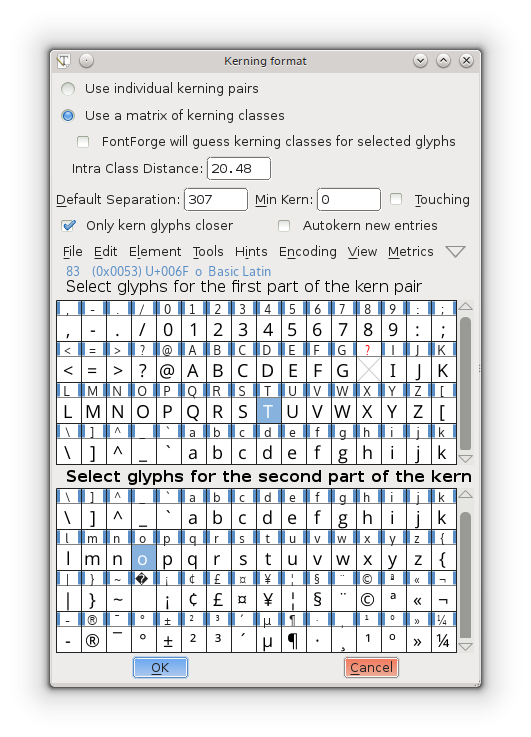

import fontforgeįont.fullname = family_name + " " + style_nameįont.fontname = family_name.replace(" ","")+ "-" + style_nameįont.cidfullname = family_name + " " + style_nameįont.cidfontname = family_name.replace(" ","")+ "-" + style_nameįont.appendSFNTName("English (US)","Preferred Family",family_name)įont.appendSFNTName("English (US)","Preferred Styles",style_name)įont.generate((".otf","_edited. unicodeFromName version (glyphname) () Looks up glyph name in its dictionary and if it is associated with a unicode code point returns that number. import fontforge import string import sys font fontforge.open (sys.argv 1) familyname sys.argv 2 stylename sys.argv 3 font.familyname familyname font.fullname familyname + ' ' + stylename font.fontname familyname.replace (' ','')+ '-' + stylename font.weightstylename font. Question is if the fontforge team maybe only implemented the standard font infos and left out the rest of the CID info data, because I can't find much in their documentation. I suspect the appendSFNTName() method tries to change the TTF Names of the standard font info and not the CID font info. Included in this process is trying to compile a font file for each weight according to the MDN. Shapes in fonts dont have strokes with weights, they are just simple. I'm working on a build system for a mostly programatically generated font. The following code successfully edits both the standard font info and cid font info, but the name table remains unchanged. Since that time FontForge is now available on all platforms - if you are looking. I really need to add/change the "Preferred Family" and "Preferred Styles" to the TTF Names table into the CID font info meta data. If you face any bug in FontForge, search the issue tracker on GitHub to see if you hit.


 0 kommentar(er)
0 kommentar(er)
